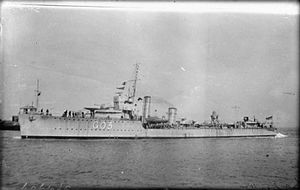Second World War
With the outbreak of war Vortigern was deployed with the 17th Destroyer Flotilla, based at Plymouth and tasked with escorting convoys and carrying out anti-submarine patrols in the South Western Approaches and the English Channel. She was engaged in these duties for the rest of 1939. In January 1940 Vortigern was nominated to join the 13th Destroyer Flotilla based at Gibraltar. On 13 January, she and Velox escorted the outbound convoy OG 14F to Gibraltar. On their arrival on 15 January, both destroyers were detached to join the flotilla. Vortigern spent the period between February and June escorting convoys between Britain and Gibraltar.
On 3 July she was present at the attack on the French fleet at Mers-el-Kébir (Operation Catapult). On 6 July she formed part of the escort with the ships of the 13th and 8th Destroyer Flotillas for the battlecruiser HMS Hood, the battleship HMS Valiant, the aircraft carrier HMS Ark Royal and the cruisers HMS Arethusa and Enterprise for the air attacks on the French battleship Dunkerque. Vortigern then joined the destroyers HMS Faulknor, Foxhound, Fearless, Forester, Escort, Douglas, Active, Velox and Wrestler on 8 July as they screened the capital ships preparing for air attacks from HMS Ark Royal on Italian targets on Cagliari. The operation was abandoned after the force came under heavy air attack, and Vortigern took passage to Britain on 12 July.
She deployed in August on convoy defence duties in Home waters, covering convoys sailing in the North Western Approaches to and from the Clyde. She was taken in hand in September for a refit, and to be converted into a Short Range Escort. The work lasted until November, and after completing trials Vortigern joined the 12th Destroyer Flotilla based at Rosyth, and deployed to escort convoys in the North Sea. On 9 December whilst escorting one convoy, Vortigern came under attack by a German seaplane off Aldeburgh. The destroyer continued her patrols and convoy escort duties all throughout 1941 and into 1942.
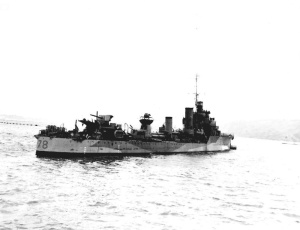
HMS Wolverine was an Admiralty modified W-class destroyer built for the Royal Navy. She was one of four destroyers ordered in April 1918 from James Samuel White & Co Ltd under the 14th Order for Destroyers of the Emergency War Programme of 1917–18. She was the seventh Royal Navy Ship to carry the name. It had been introduced in 1798 for a gun brig and last borne by a destroyer sunk after a collision in 1917.
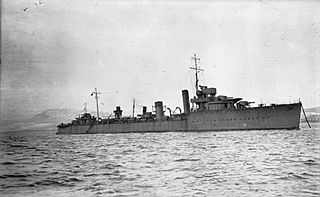
HMS Warwick (D25) was an Admiralty W-class destroyer built in 1917. She saw service in both the First and Second World Wars, before being torpedoed and sunk in February 1944.

HMS Verity was an Admiralty modified W-class destroyer built for the Royal Navy. She was the first ship to carry the name Verity. She was ordered in January 1918 from John Brown & Company of Clydebank with the 13th Order for Destroyers of the Emergency War Program of 1918–19.

HMS Anthony was an A-class destroyer of the Royal Navy. She served in the Second World War.

HMS Witherington was an Admiralty modified W-class destroyer built for the Royal Navy. She was one of four destroyers ordered in April 1918 from James Samuel White & Co Ltd. under the 14th Order for Destroyers of the Emergency War Program of 1917–18. She was the first Royal Navy ship to carry this name.

HMS Wren (D88/I88) was an Admiralty modified W class destroyer built for the Royal Navy. She was ordered in April 1918 from Yarrow Shipbuilders Limited under the 13th Order for Destroyers of the Emergency War Program of 1918–19. She was the third Royal Navy ship to carry the name, which was introduced in 1653.
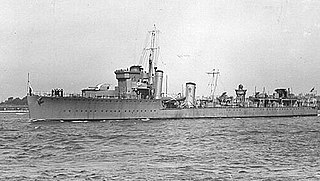
HMS Whitley (L23), ex-Whitby, was a W-class destroyer of the British Royal Navy that saw service in the British campaign in the Baltic Sea against Bolshevik forces during the Russian Civil War and in the early months of World War II.

HMS Vivacious (D36) was a V-class destroyer of the British Royal Navy that saw service in World War I and World War II.

HMS Witch (D89) was a Modified W-class destroyer of the British Royal Navy that saw service in World War II.

HMS Wishart (D67) was a Modified W-class destroyer of the British Royal Navy that saw service in World War II. She spent most of her wartime career based at Gibraltar, engaged in convoy defence, but also served in various naval and military operations in the Mediterranean Sea.

HMS Vanquisher (D54) was a V-class destroyer of the British Royal Navy that saw service in World War I and World War II.
HMS Venetia (D53) was a V-class destroyer of the British Royal Navy that saw service in World War I and World War II.

HMS Versatile (D32) was an Admiralty V-class destroyer of the British Royal Navy that saw service in World War I, the Russian Civil War, and World War II.
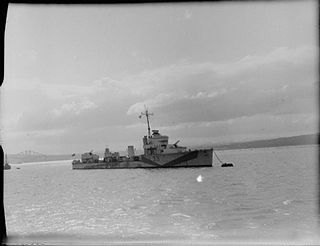
HMS Vivien (L33) was a V-class destroyer of the British Royal Navy that saw service in World War I and World War II.
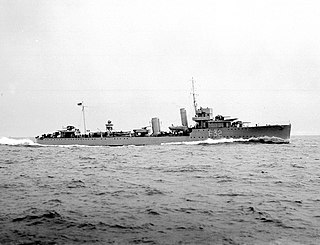
The first HMS Wessex (D43) was a W-class destroyer of the British Royal Navy that saw service in the final months of World War I and the early months of World War II.

HMS Watchman was a W-class destroyer of the British Royal Navy that saw service in the final months of World War I, in the Russian Civil War, and in World War II.

The third HMS Windsor (D42) was a W-class destroyer of the British Royal Navy that saw service in the final months of World War I and in World War II.

HMS Viscount was a V-class destroyer of the British Royal Navy that saw service in the final months of World War I and in World War II.

The second HMS Wivern, was a Modified W-class destroyer of the British Royal Navy that saw service in World War II.

The eighth HMS Worcester, was a Modified W-class destroyer of the British Royal Navy that saw service in World War II. She later served as an accommodation ship as the second HMS Yeoman.
This page is based on this
Wikipedia article Text is available under the
CC BY-SA 4.0 license; additional terms may apply.
Images, videos and audio are available under their respective licenses.
